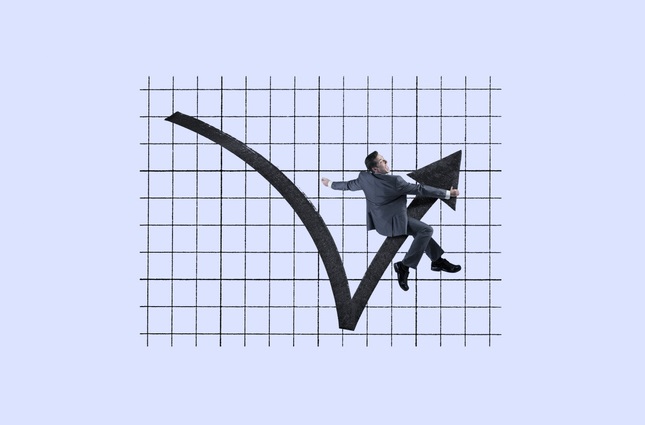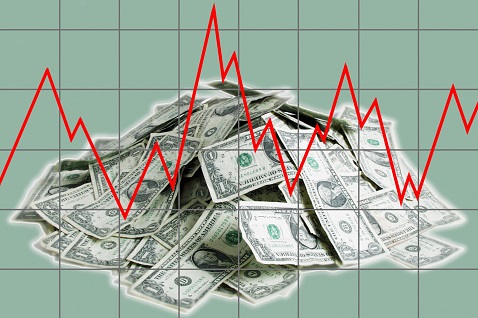The New Zealand dollar moved sharply higher against the US dollar this morning after the RBNZ raised rates as expected and New Zealand spending data came in better than expected.
Electronic card transactions in New Zealand rose by 2.7 percent year-on-year to a record NZD 6,516 in January of 2023, following a 4.8 percent increase in the previous month.
On a seasonally-adjusted monthly basis, electronic card spending went up 2.6 percent in the first month of 2023, flying in the face of fear of a looming recession.
The Reserve Bank of New Zealand raised its official cash rate by 50bps to the highest since January 2009 of 4.75% during its first meeting of the year, matching market consensus.
Today’s move was the 10th straight rise, bringing a total of 450 basis points hike since October 2021, marking the most aggressive tightening since 1999.
The board said inflation was too high, at an annual rate of 7.2%, core inflation stayed elevated, employment was beyond its sustainable level, and inflation expectations remained high.
The committee flagged more rate hikes to come, seeing the rate would peak at 5.5% this year. The central bank still projected the economy will start shrinking in Q2 of 2023.
On the impact of Cyclone Gabrielle, the RBNZ said rising inflation and output disruptions are expected in the near term and that rebuilding work will increase activity in coming years.
The best contribution monetary policy can make is to free up resources elsewhere by slowing demand through higher interest rates.
During the press conference the RBNZ Governor said prices for some goods are likely to spike in the weeks ahead and the central bank were still forecasting a recession 9 to 12 months period
The central bank Governor also said that very little discussion of a 25 basis points rate hike, most focus was on 50 basis points. The Reserve Bank of New Zealand Chief Economist Conway says the economy is severely capacity constrained.




